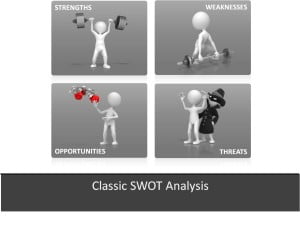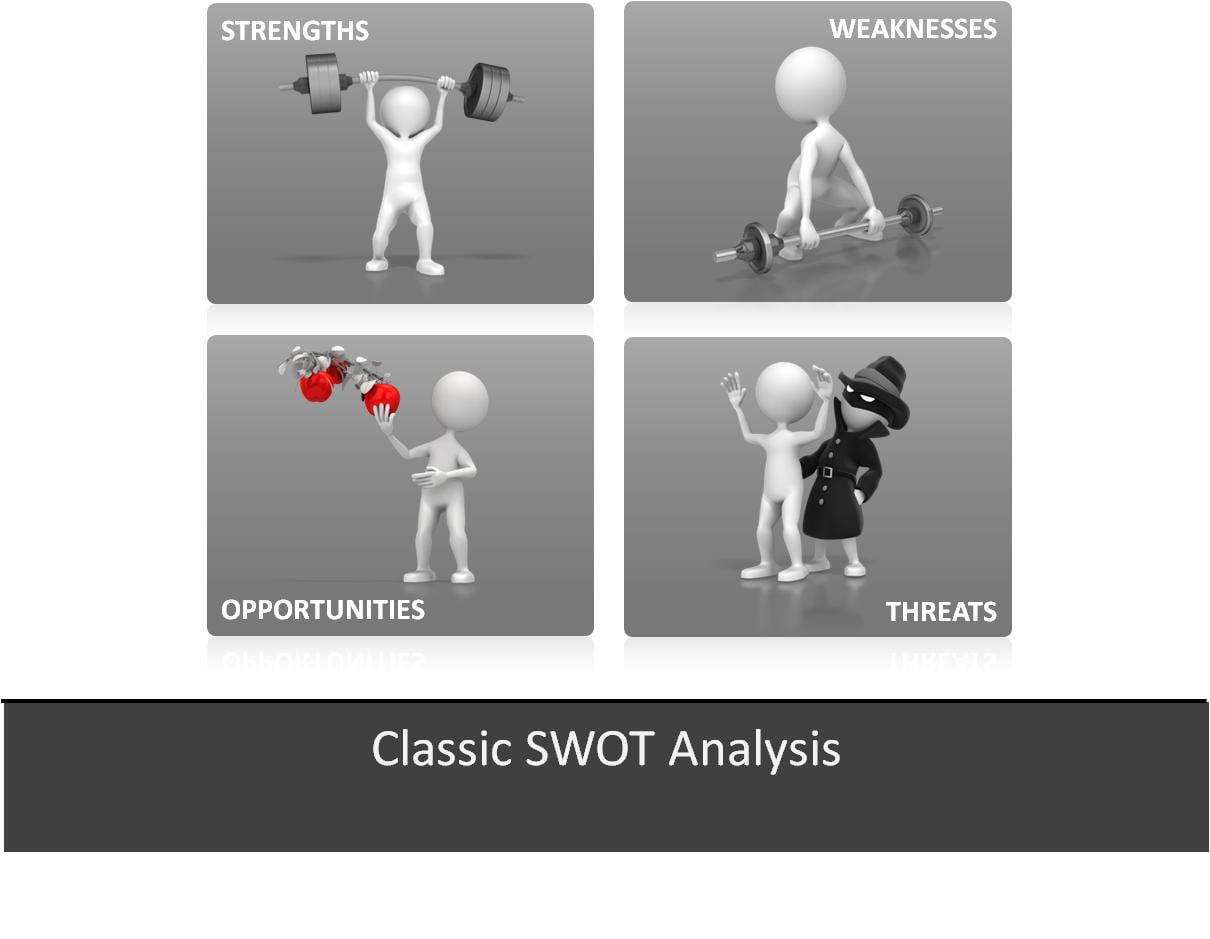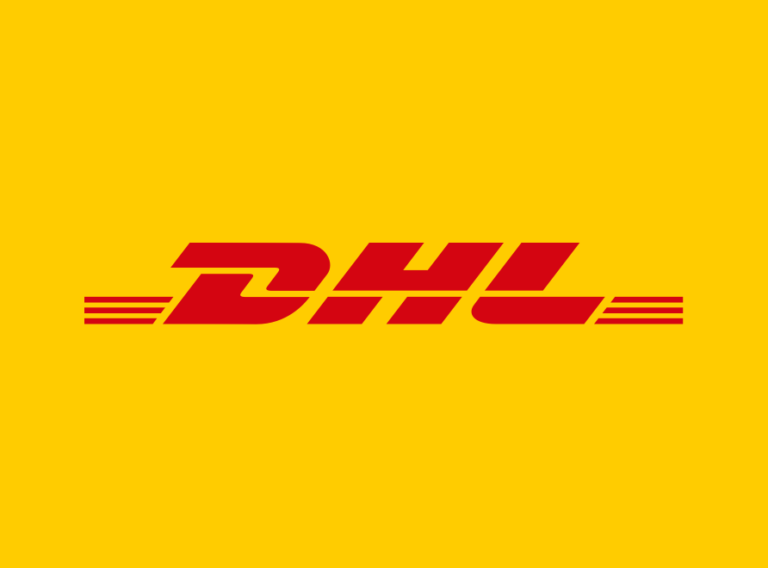10 Shortcomings of SWOT Analysis
 It you think that your SWOT analysis you use to identify the Strengths, Weaknesses, Opportunities & Threats in your business is adequate, beware. It is intended to provide a 360 view of your risks and opportunities but they often fail to fill that requirement due to superficial applications and failure to include interconnected systemic systems risks in the analysis.
It you think that your SWOT analysis you use to identify the Strengths, Weaknesses, Opportunities & Threats in your business is adequate, beware. It is intended to provide a 360 view of your risks and opportunities but they often fail to fill that requirement due to superficial applications and failure to include interconnected systemic systems risks in the analysis.
If your risk and opportunity analysis techniques are lacking, you could be very unprepared for the next recession, disruptive technology or game-changing way of thinking that could soon affect you. Too often the last domino that struck in the last crisis is the main focus of all future risk mitigation efforts. The whole string of triggers and threatening signals that led up to that last publicized tipping point and bursting bubble are ignored.
10 Shortcomings of SWOT Analysis
Here are the 10 most common shortcomings for SWOT Analysis:
- Underestimating the role that vertical and lateral cascading human factors can play in the creation of High Reliability or Self-Destructive Organizations with fragile back up plans
- War Gaming, Stress Testing and disruptive failure mode analysis testing of your leadership mindset, strategy, work culture, processes, products & services are absent
- Just responding to Disruptive Innovations, but not creating them with proven Innovation-on-demand techniques
- Cyber security and patents are assumed to be too safe and lack stress testing with advanced cyber-circumvention and patent busting techniques
- “Taboo talk rules” and other uncomfortable discussion topics are avoided or not identified with focused and anonymously solicited inputs from employees
- Ignoring “Trojan Horse” risks that are secretly lurking in the hearts and minds of your employees or piggy-backing purchased technology, software, products or services
- Gamification techniques are not applied to address the most sensitive threats in a disciplined humane, engaging and effective manner
- Failure to include effective strategies to attract and retain key human talent
- Fails to identify low profile threats that create unstoppable cascading risks that can emanate from Leadership to Culture to Processes to bad Performance to Weak Responses to Critical Situations
- Does not identify external perspectives to challenge group-think assumptions of perceived safety and robustness against future disruptions
Simple SWOT analysis and Risk Management techniques will not offer the protection for many required to survive the next economic crisis or disruptive technology. KISS concepts (Keep It Simple Stupid) have lost their ability to identify and protect against complex future cascading risks. The world is a fragile, hyper-connected and cascading system full of surprises that will punish casual optimists and reward those who hope for the best, but seriously attempt to plan for worst case scenarios.
The World Economic Forum’s 2014 World Risk Report describes the global risks that can quietly cascade across borders and affect organizations in unsuspecting and surprising ways from a variety of threatening and linked factors. The complex dynamics that exist between developed, developing, and emerging world markets is further complicated by the fact that many organizations know very little about the cascading system dynamics within their own 4 walls.
Conclusion
In conclusion, classic methods that attempt to describe the risk and opportunity landscape for individuals and organizations have not kept pace with the rising complexity and interactions between highly networked workplaces, global economies, internal and external threats. We have now entered a new era where we need new ways to describe and understand the complex world we have created that has outgrown the simple tools we like to describe it with.
By David Patrishkoff
 David Patrishkoff is President of E3 – Extreme Enterprise Efficiency and the Founder of the Institute for Cascade Effect Research. He is a Lean Six Sigma Master Black Belt and the inventor of a cascading risk management methodology, which has patent pending status. Before starting his consultancy in 2001, Patrishkoff held various worldwide senior executive positions in the automotive and trucking industry.
David Patrishkoff is President of E3 – Extreme Enterprise Efficiency and the Founder of the Institute for Cascade Effect Research. He is a Lean Six Sigma Master Black Belt and the inventor of a cascading risk management methodology, which has patent pending status. Before starting his consultancy in 2001, Patrishkoff held various worldwide senior executive positions in the automotive and trucking industry.
Contact him at Davepatrishkoff@aol.com







